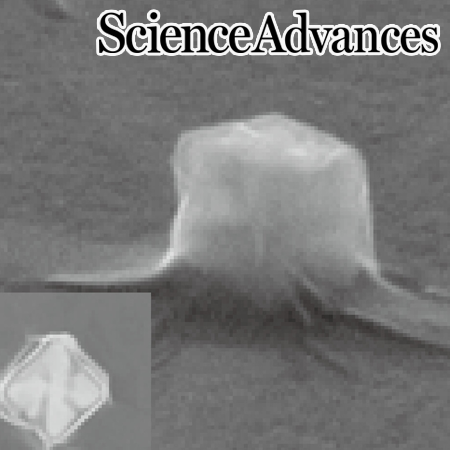Research Research Highlights
Research Highlights
Research Highlights
Research Highlights
Research Highlights 미리보기

Professor Hyobin Yoo’s Research Team at SNU Develops 2D Quantum Material Platform Using Moiré Lattice Superposition
Prof. Hyobin Yoo
Seoul National University College of Engineering has announced that a joint research team led by Professor Hyobin Yoo from the Department of Materials Science and Engineering, in collaboration with Professor Young-Woo Son (Korea Institute for Advanced Study) and Professor Changwon Park (Ewha Womans University), has successfully developed a two-dimensional (2D) quantum material platform through the superposition of moiré lattices.
Research Highlights Board
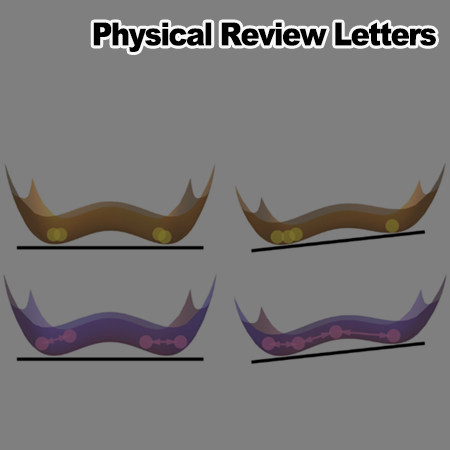
Self-Consistent Many-Body Metrology
Prof. Uwe R. Fischer
Professor Uwe R. Fischer's research team from the Department of Physics and Astronomy at SNU has revealed the fundamental importance of incorporating self-consistency in the solution for the many-body evolution of trapped interacting particles, for parameter estimation from measurement data (known as metrology). The impact of self-consistency has been made manifest by evaluating its strong impact on the metrological precision for the parameter estimation in a given measurement protocol.

High-temperature concomitant metal-insulator and spin-reorientation transitions in a compressed nodal-line ferrimagnet Mn3Si2Te6
Prof. Kee Hoon Kim
Symmetry-protected band degeneracy, coupled with a magnetic order, is the key to realizing novel magnetoelectric phenomena in topological magnets.

Constraining the Low-mass End of the Black Hole Mass Function and the Active Fraction of the Intermediate-mass Black Holes
Prof. Jong-Hak Woo
It is widely accepted that every massive galaxy hosts a super-massive black hole. However, the origin of these massive black holes are yet to be revealed.
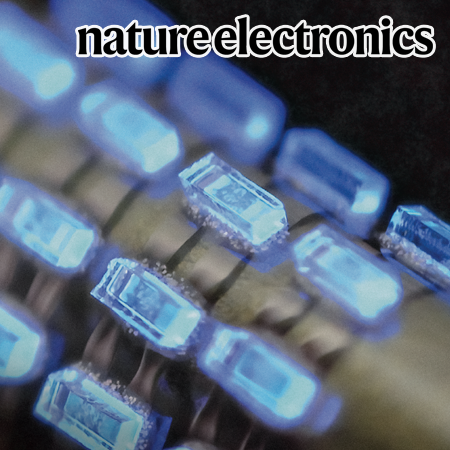
Advancing the Era of Flexible Microelectronics with Micro-LED Integration Technology
Prof. Yongtaek Hong
Microdevices can be integrated on conformable substrates to create high-performance and multifunctional human–machine interfaces.

Antibiotic exposure and depression incidence: A cohort study of the Korean population
Prof. Sang Min Park
Recent research highlights the crucial role of the gut-brain axis in understanding depression etiologies. While burgeoning studies suggest an association between disruptions in gut microbiota and the development of depression, limited longitudinal studies have investigated this link
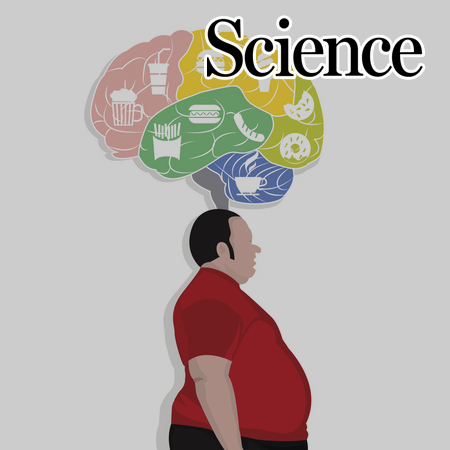
The Secret to Satiety Unveiled by Seoul National University Researchers!
Prof. Hyung Jin Choi
Professor Hyung Jin Choi's research team from the Department of Brain and Cognitive Sciences at Seoul National University has announced that they have identified the mechanism by which 'glucagon-like peptide-1 (GLP-1)' based obesity treatments reduce body weight for the first time in the world.
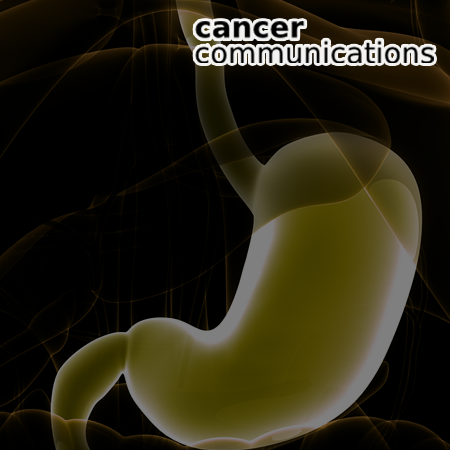
Deciphering metastatic route-specific signals and their microenvironment interactions in peritoneal metastasis of gastric cancer
Prof. Ki Tae Kim
Gastric cancer (GC) constitute a significant cause of cancer-related mortality worldwide, with metastatic patterns including hematogenous, peritoneal, and ovarian routes

Identifying genes within pathways in unannotated genomes with PaGeSearch
Prof. Heebal Kim
In biological research, the identification and comparison of genes within specific pathways across the genomes of various species are invaluable. However, annotating the entire genome is resource intensive, and sequence similarity searches often yield results that are not actually genes.

Significant reduction of potential exposure to extreme marine heatwaves by achieving carbon neutrality
Prof. Yang-Ki Cho
Marine heatwave, a prolonged period of anomalously warm seawater, has a catastrophic effects on marine ecosystems. To avoid such extreme events, net‐zero carbon emissions by the 2050s, known as carbon neutrality, has been proposed.
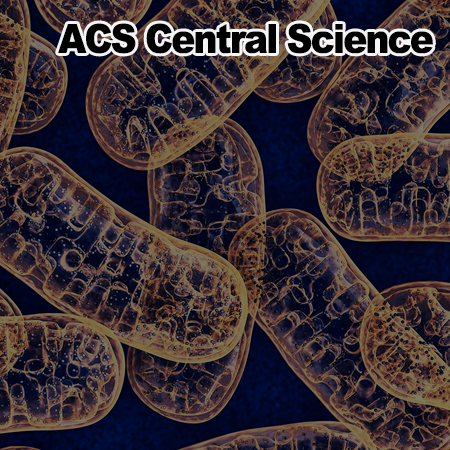
Mitochondrial Thermogenesis Can Trigger Heat Shock Response in the Nucleus
Prof. Hyun-Woo Rhee
Professor Hyun-Woo Rhee and Professor Jae-Seok Roe’s joint research team revealed that mitochondrial thermogenesis, via mitochondrial oxygen reduction reaction, induces a heat stress response signaling similar to external heat shock in the nucleus.
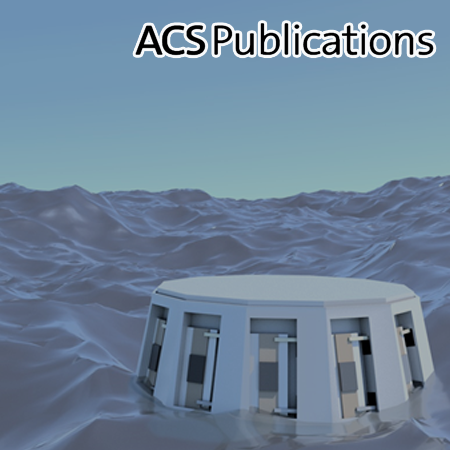
MXene-enhanced Ionovoltaic Effect by Evaporation and Water Infiltration in Semiconductor Nanochannels
Prof. Seung Hwan Ko
Professor Ko's research team from the Department of Mechanical Engineering at SNU has succeeded in developing energy harvesting through water infiltration in semiconductor nanochannels. Additionally, they have efficiently harnessed solar energy using the 2D material MXene, which improves its performance.


